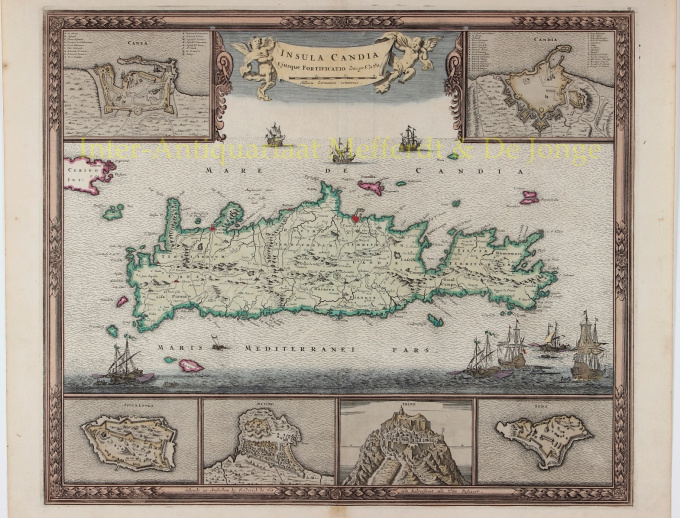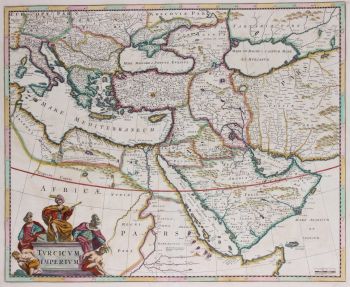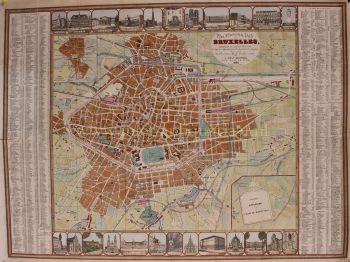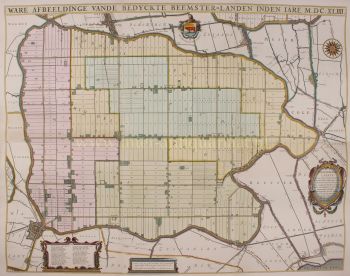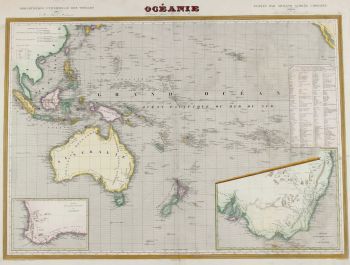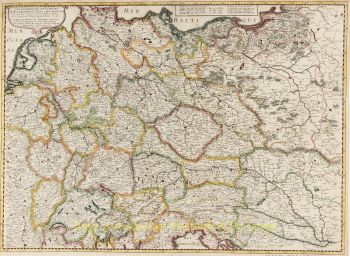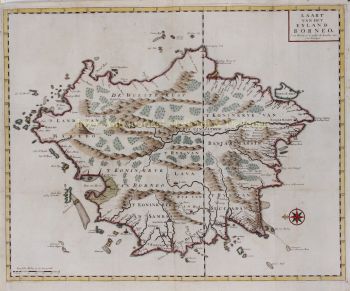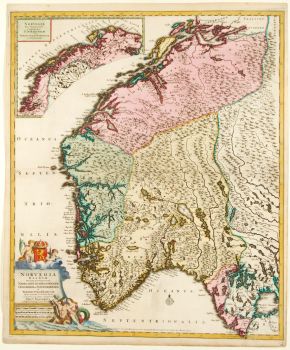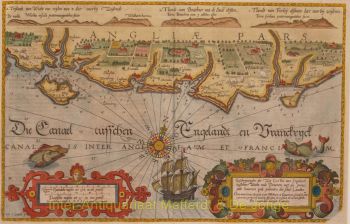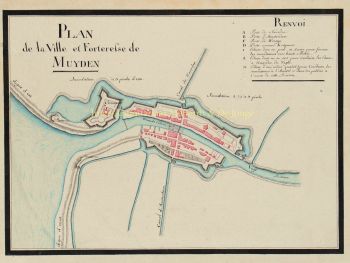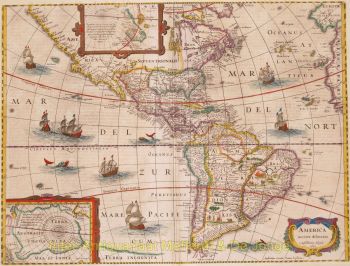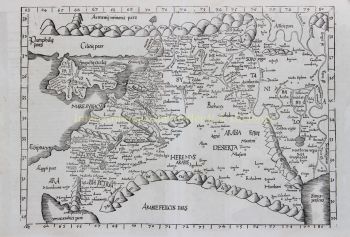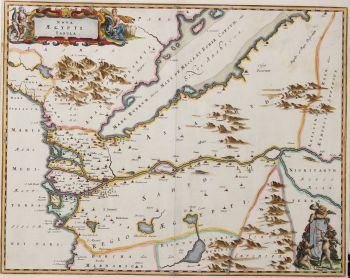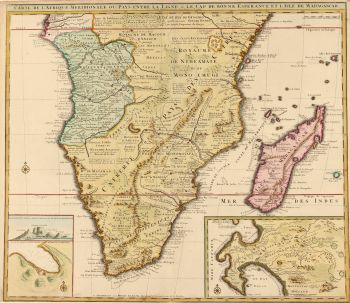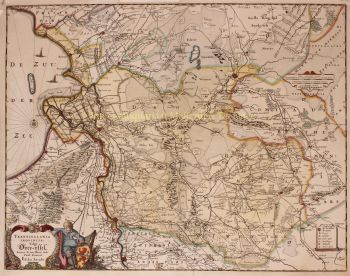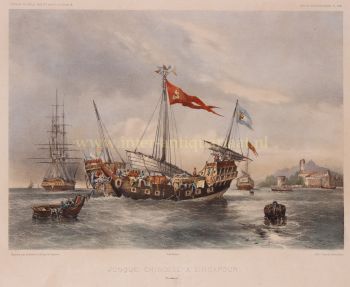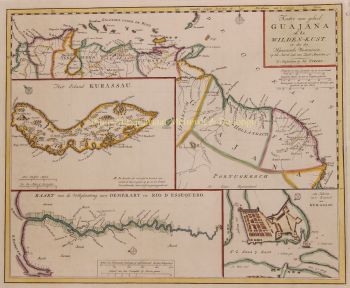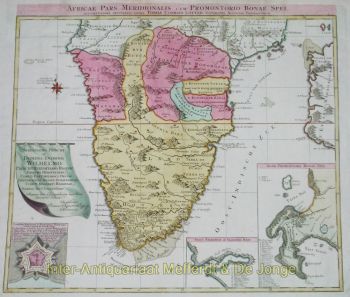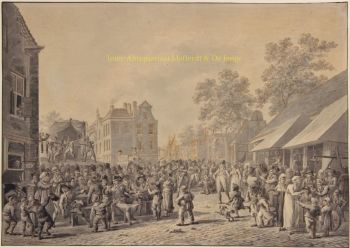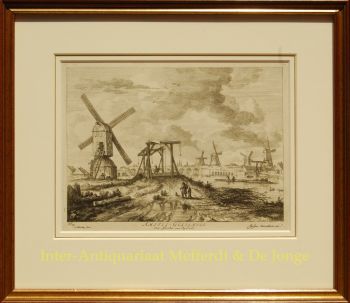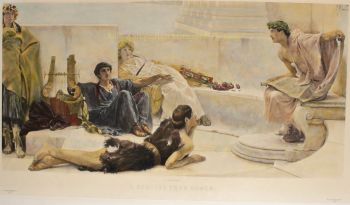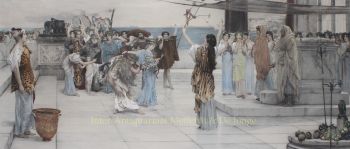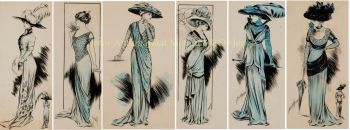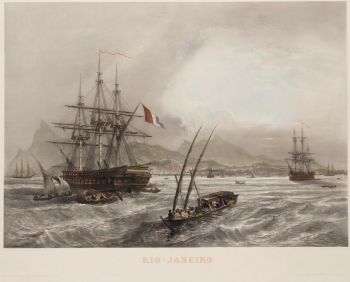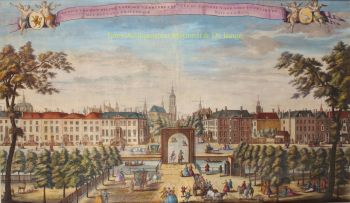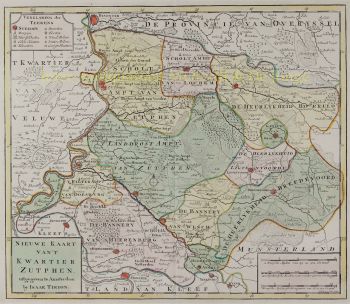Mappa di Creta 1680
Frederick de Wit
€ 1.450
Inter-Antiquariaat Mefferdt & De Jonge
- A proposito di opere d'arteMAP OF CRETE "Insula Candia Ejusque Fortificatio. "Copper engraving by Frederick de Wit, published in Amsterdam c. 1680, with original hand colouring. Size: 46 x 54,5 cm. One of the most decorative maps of Crete, based on the map by Sébastian de Pontault Beaulieu, a French military engineer who had mapped the fortifications of many Mediterranean islands. His map of Crete was published in 1674, only five years after Crete had fallen to the Ottomans after a 21-year siege (the longest siege in history). The Siege of Candia [modern Heraklion], the capital of Crete, was the central event of the sixth Turkish-Venetian War, better known as Cretan War, or War of Candia. It was a conflict between the Republic of Venice and her allies (the Knights of Malta, the Papal States, French volunteers, and pirates from Mani) against the Ottoman Empire and the Barbary States, fought over the Venetian possession of Crete. The war lasted from 1645 to 1669, and was fought in Dalmatia, Crete, and in numerous naval engagements in the Aegean Sea. On the map the seas around the island are filled with galleons and galleys representing this epic struggle. Above the map the title is on a banner held aloft by putti, and the corners have plans of the towns and fortifications of Chania and Heraklion. Under the map are plans of the fortifications of Spinalonga, Rethymno, Tylissos [Thine] and Suda. Price: Euro1.450,-
- A proposito di opere artistaFrederik de Wit è nato Frederik Hendriksz. Nacque da una famiglia protestante intorno al 1629 a Gouda, una piccola città nella provincia dell'Olanda, una delle sette province unite dei Paesi Bassi. Suo padre Hendrik Fredericsz (1608 – 29 luglio 1668) era un hechtmaecker (fabbricante di manici di coltelli) di Amsterdam, e sua madre Neeltij Joosten (morta prima del 1658) era figlia di un mercante di Gouda. Frederik si sposò il 29 agosto 1661 con Maria van der Way (1632-1711), figlia di un ricco mercante cattolico di Amsterdam. Dal 1648 circa fino alla sua morte, avvenuta alla fine di luglio 1706, De Wit visse e lavorò ad Amsterdam. Frederik e Maria ebbero sette figli, ma solo un Franciscus Xaverius (1666–1727) sopravvisse loro. Nel 1648, durante il culmine dell'età dell'oro olandese, De Wit si era trasferito da Gouda ad Amsterdam. Comegià nel 1654 aveva aperto una tipografia e un negozio con il nome "De Drie Crabben" (i tre granchi) che era anche il nome della sua casa sulla Kalverstraat. Nel 1655, De Wit cambiò il nome del suo negozio in "Witte Pascaert" (la Carta Bianca). Sotto questo nome De Wit e la sua azienda divennero noti a livello internazionale.
Sei interessato ad acquistare questa opera d'arte?
Artwork details
Categoria
Related artworks
- 1 - 4 / 4
- 1 - 4 / 24
- 1 - 4 / 12

